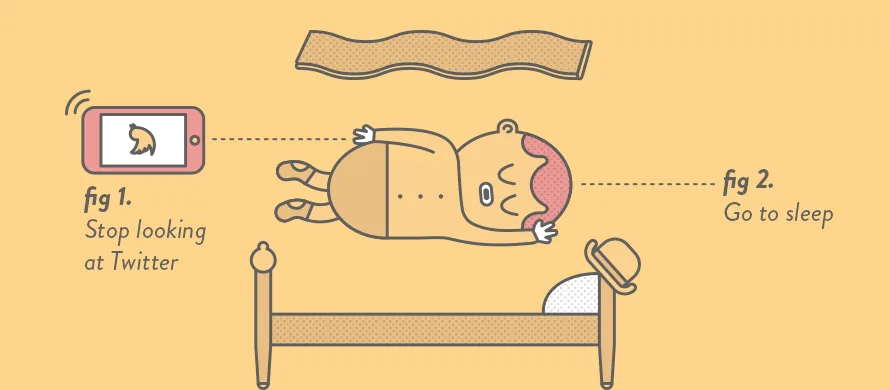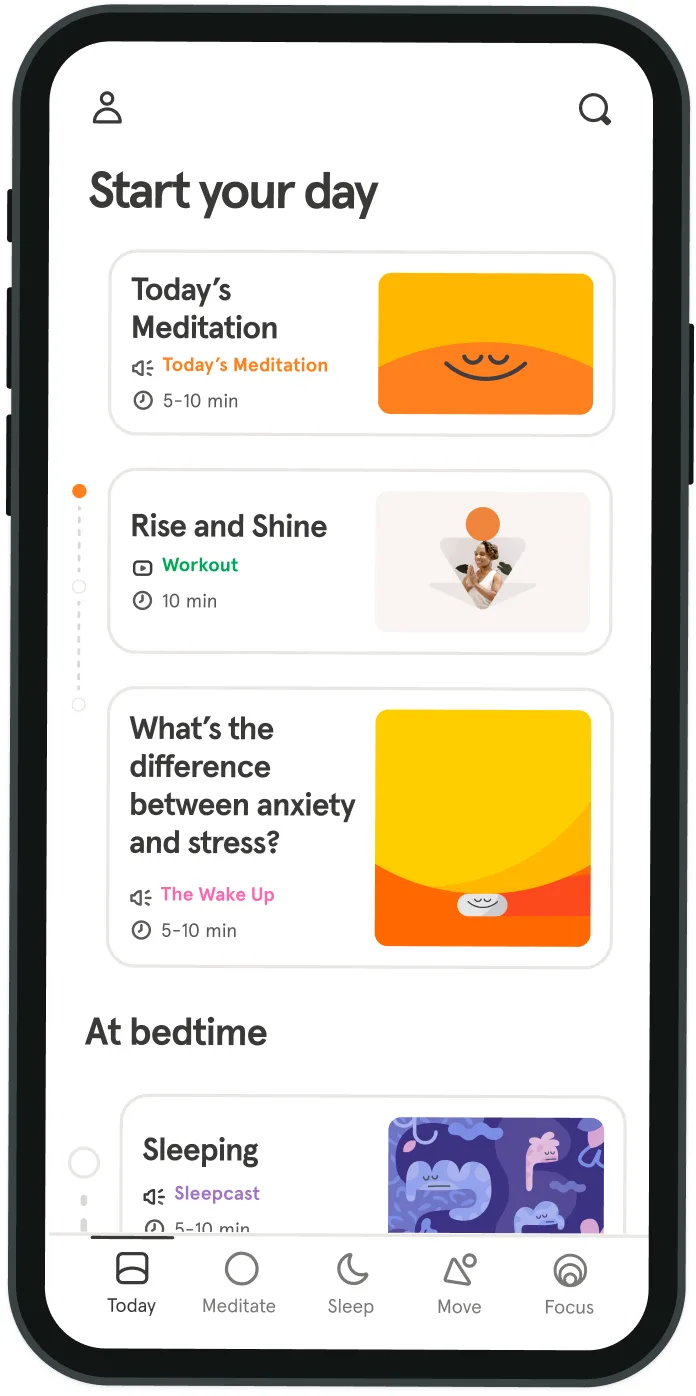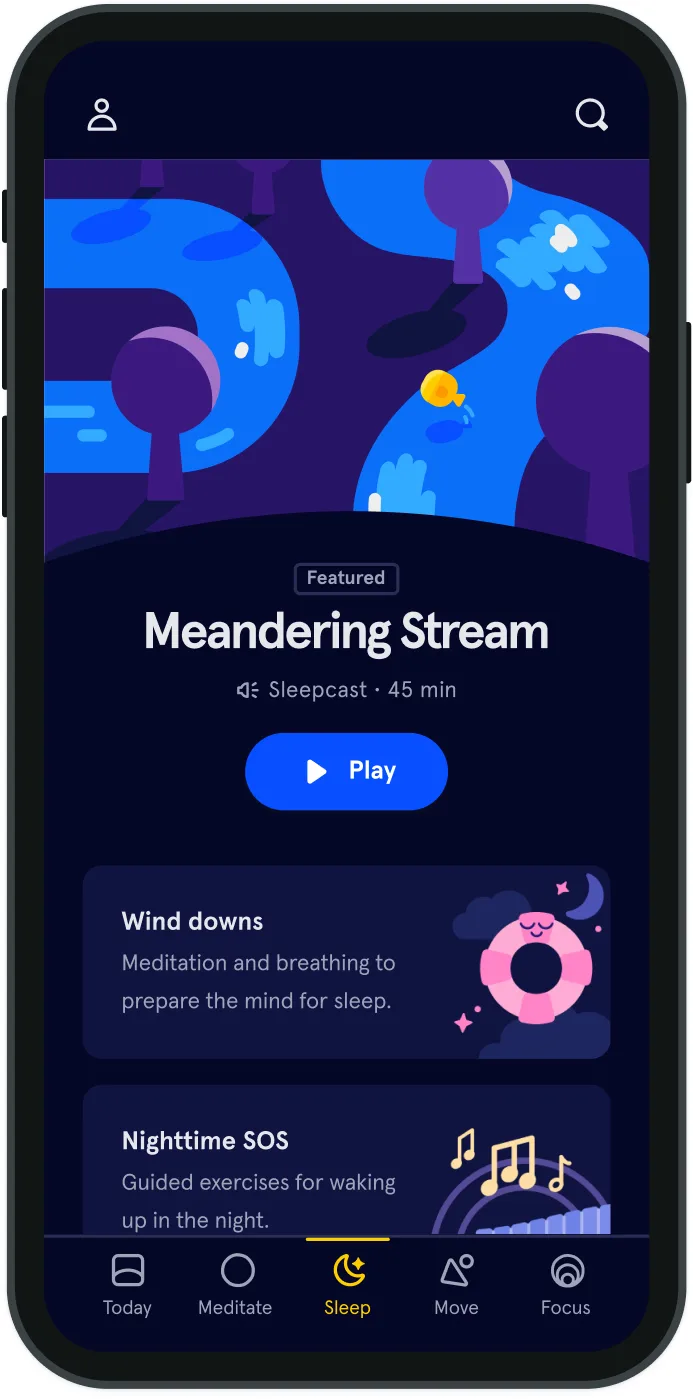Why do we sleep?
Sleep is indispensable, as essential as food and water. But why do we sleep? The oft held view is that sleep is a suspension of activity, passive unconsciousness, a luxury. But it is actually an active process and necessary for memory. We’ve all had the experience that with increasing time awake, the encroachment of sleep into our daytime routines overtakes wakefulness and compromises our abilities and even safety.
So how much sleep do we need? A simple but cogent answer is: the amount that allows one to wake refreshed and function normally. On average, adults need about eight hours a night with a range between six and nine hours. This is heritable and unalterable. In the past, and particularly in the pre-Industrial era, sleep requirements seem to have been longer, and sleep patterns different - discreet bouts separated by resting wakefulness, so called “double sleeping.” The Industrial era’s requirement for workers to be on the job continuously for long hours constrained their sleep to a shorter nocturnal period which could not then be interrupted.
Understandings of why we sleep are still imperfect. That it is “of the brain, for the brain, and by the brain” was an idea generated in the 19th century. The accumulation in the brain of sleep substances (or hypnotoxins) is central to current concepts, and that, again put simply, we sleep to prevent sleepiness. The separate areas of the brain controlling sleep and wakefulness were first identified in the epidemic of encephalitis lethargica, associated with the 1918 influenza epidemic, giving credence to the focus on the brain. Recent discoveries of sleep and wake-active neurons have proved this correct.
Some of the influences that drive sleep are known. How long someone has been awake is clearly relevant, with performance declining, and sleepiness developing after 16 hours of being awake. The time of day also affects the tendency to sleep if sleep is needed. Such pressure to sleep is greatest at 4am to 6am and 2pm to 4pm, at which points in time traffic accidents that are sleep related peak. Age influences sleep as well. Sleep requirements remain unaltered, but with age there is less ability to stay asleep and there is an increased tendency to nap in the day.
We all know when someone is asleep, don’t we? Unconscious but rousable we might say. But this behavioral diagnosis is insufficient to convince scientists, who want to know more about sleep. The advent of the EEG (the recording of electrical activity along the scalp) allowed this. The voltage between two or more electrodes on the scalp show fast, small amplitude actions in awake subjects and slower, larger amplitude activity with drifting into sleep. Staging of sleep depth is then possible. Two distinct types of sleep, rapid eye movement (REM) and non rapid eye movement enter the sleep cycle after 90 to 100 minutes. The transition into sleep is through an orderly progression from light to deep non REM sleep to REM dreaming sleep, repeated four to five times. In REM sleep, during which dreaming is common, the body is literally and physically paralyzed to prevent acting out of dreams, a paralysis that is absent in some, giving rise to acting out dreams which can sometimes result in injury to the dreamer or to the bed partner.



Be kind to your mind
- Access the full library of 500+ meditations on everything from stress, to resilience, to compassion
- Put your mind to bed with sleep sounds, music, and wind-down exercises
- Make mindfulness a part of your daily routine with tension-releasing workouts, relaxing yoga, Focus music playlists, and more
Meditation and mindfulness for any mind, any mood, any goal
- © 2024 Headspace Inc.
- Terms & conditions
- Privacy policy
- Consumer Health Data
- Your privacy choices
- CA Privacy Notice
